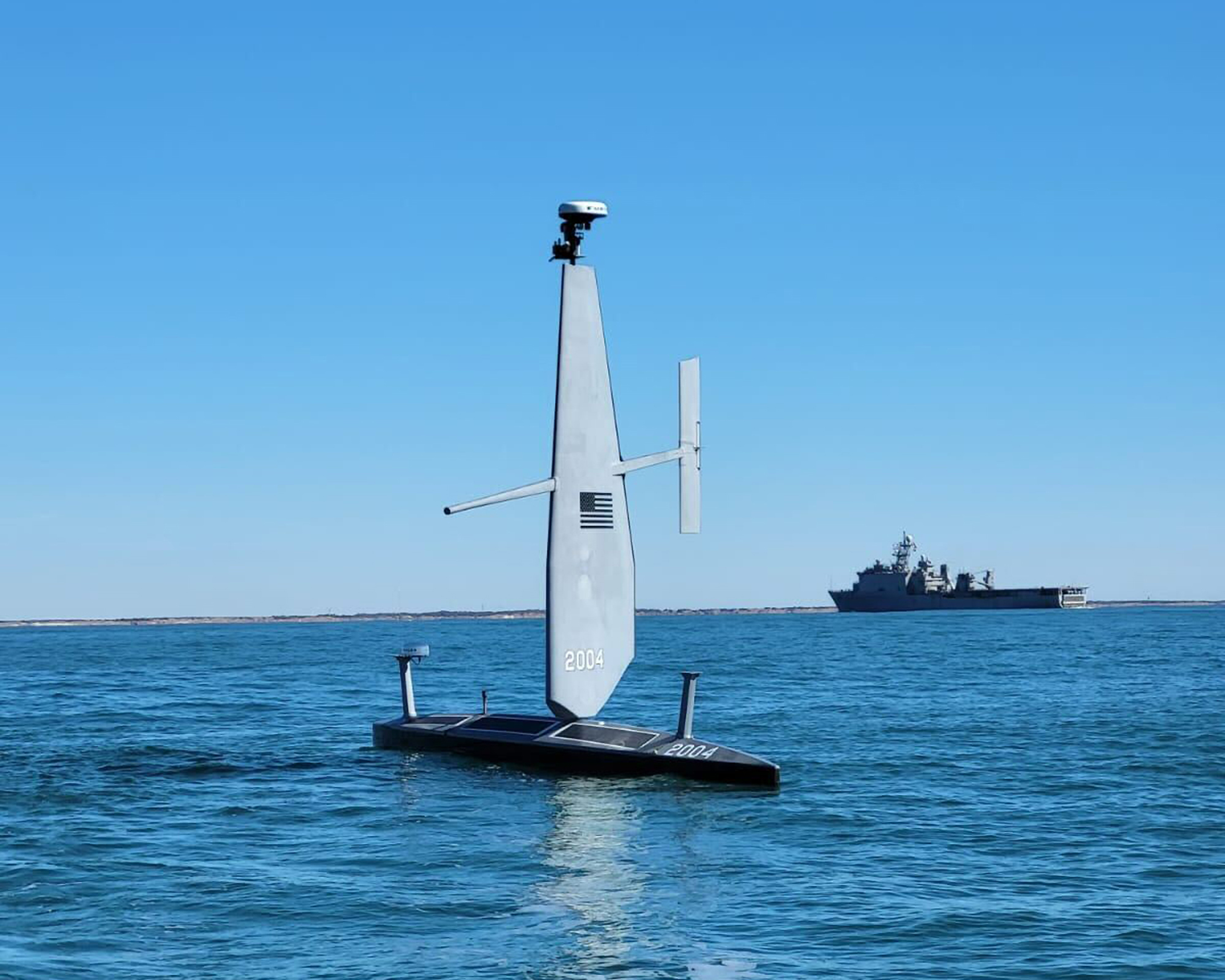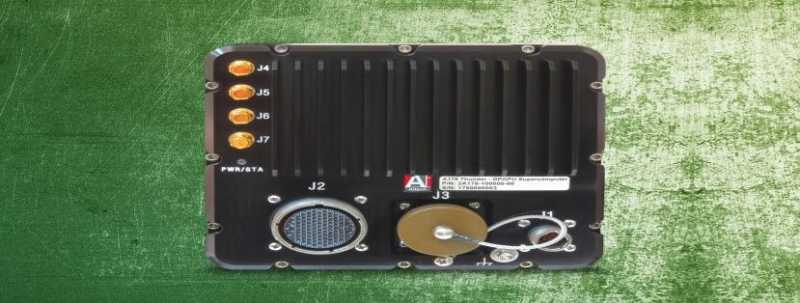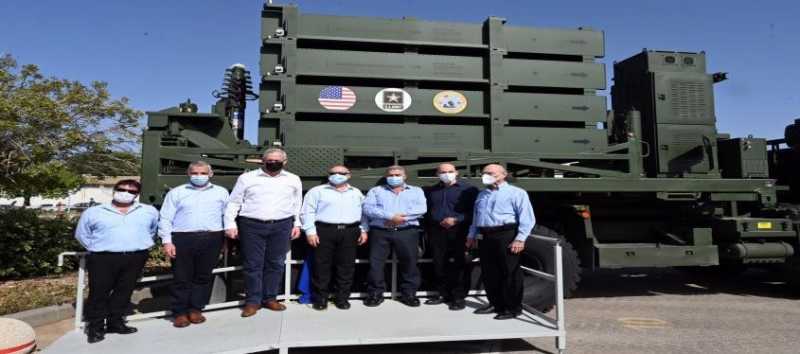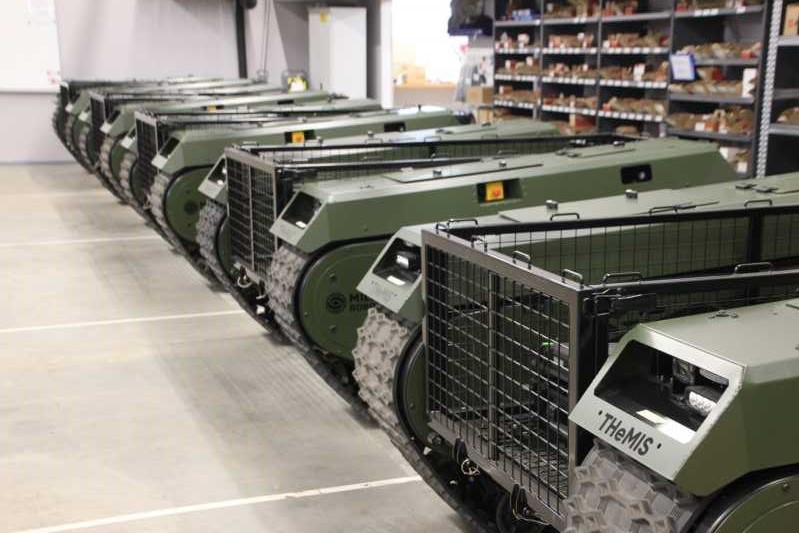
As part of Saildrone’s continued collaboration with the US Department of Defense (DOD), two Voyager uncrewed surface vehicles (USVs) took part in a joint exercise off the coast of North Carolina in the United States.
The exercise known as “Scarlet Dragon” is a series of quarterly exercises run by the US Army’s XVIII Airborne Corp. As a joint program, it leverages mission-ready technology to achieve decision advantage through data-centric methods to find and identify targets across the sea, air, and land domains. Saildrone provided maritime domain awareness for the exercise using its new 33-foot Voyager USV, enabling the military to trial ocean-based asset integration with AI-enabled mission command, centralized data sets, predictive analysis, and accelerated decision making.
Scarlet Dragon uses existing platforms and networks, like the Saildrone Voyager, to harness ISR data so that leaders can use it to identify targets in a vast array of options. While official statistics for the 2023 exercise have yet to be released, the 2021 exercise used nearly 20 units and platforms and scanned 7,000 kilometers across four states on the mid-Atlantic seaboard.
“The Scarlet Dragon series is designed to increase our joint warfighting capability and how AI-augmented decision-making significantly increases the scale, speed, and accuracy of our targeting process,” said General Erik Kurilla, who was the XVIII Airborne Corps commander at the time.
Gen. Kurilla now leads the US Central Command (CENTCOM), where Task Force 59, launched in September 2021, has been testing Saildrone’s Explorer and Voyager vehicles in the Arabian Gulf and the Red Sea. The Task Force is focused on integrating new AI tech into unmanned systems across the maritime domain. In collaborations with several regional militaries, the program has even caught the attention of Chief of Naval Operations Adm. Mike Gilday, who said the task force was “catching fire” during remarks at the 34th Surface Navy Association National Symposium on Jan. 11.
The Saildrone Voyager is ideally suited for maritime domain awareness missions and exercises such as Scarlet Dragon. The Voyager’s larger size, as compared to Saildrone’s Explorer platform, allows for a more persistent datalink, increased power available for ISR payloads, versatile payload integration options, and an electric propulsion alternative. The ISR sensor suite, which is primarily powered by solar, includes an AIS transceiver, a smart camera array, digital radar, and sub-surface passive acoustics.
“With our Voyager platform, Saildrone helps to eliminate maritime gaps above and below the ocean surface, reducing risk to mission and risk to force. Participating in exercises like Scarlet Dragon is a great way for us to highlight our durability and value-add to the DOD’s mission. We want to be a force-multiplier for our partners and allies when it comes to ISR capabilities,“ said Richard Jenkins, Saildrone founder and CEO.
The data collection capabilities of Saildrone’s autonomous vehicles have been proven in numerous operational missions, covering almost 1 million nautical miles from the Arctic to the Antarctic. The company looks forward to its continued and close partnership with the US Government and its allies in boosting maritime security around the globe.






